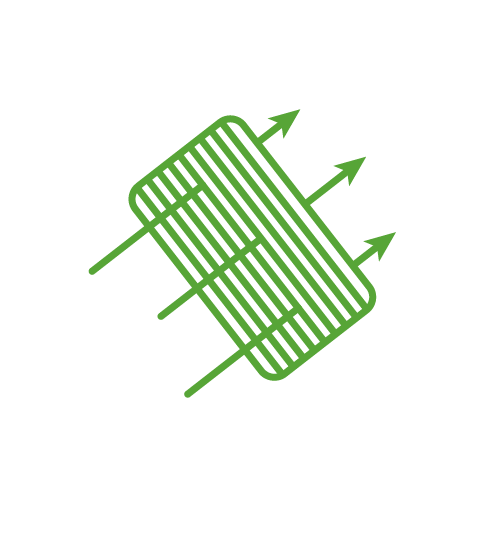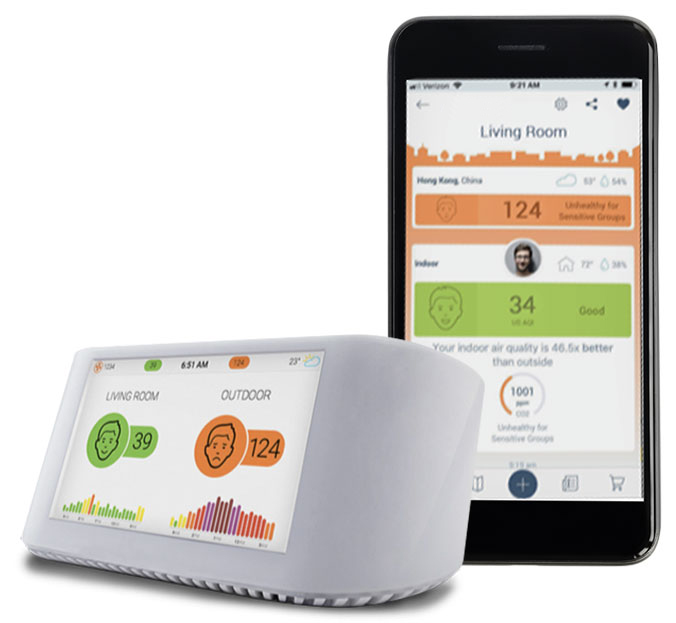
Air Quality Monitor
Inexpensive air quality monitoring solution helps improve health and wellbeing
MyTAG Air Quality Monitor (AirQ) helps businesses and other organisations to measure indoor quality and to take steps to make improvements, where required.
Indoor air quality is a concern because it can impact the health, comfort, wellbeing and productivity of building occupants. MyTAG Air Quality Monitor uses sensors to measure PM2.5 (particulate matter measuring <2.5 micrometres in diameter), CO2, temperature and humidity, allowing indoor air quality to be measured in real time. Multiple sensors can be positioned around the building and the MyTAG software collects the data, allowing variations across the building and with time to be monitored and analysed. The information can be accessed online or via an App, providing building users with easy access to details about their working environment.
The system makes measuring indoor air quality simple and inexpensive to do in real time and the App also allows access to the world’s largest global database of outdoor air quality data.

CASE STUDY
Read our case study on the benefits that MyTAG Air Quality Monitor has brought to Savills

Data Analysis
Data analysis and evaluation, by time and location, and from building to building allows opportunities to improve indoor air quality to be identified. These can sometimes be straightforward, such as adding plants to areas to help reduce CO2 levels, and sometimes more involved, such as changing the air flow into buildings in areas of high traffic density.
Making air quality measurement simple and inexpensive
MyTAG Air Quality Monitor measures PM2.5 which is widely regarded as the pollutant to pose the greatest hazard to human health, given that its tiny size can penetrate deep into the human lungs and beyond, into the bloodstream. Particulate pollution is primarily a product of diesel vehicles, tyre and brake dust, and solid fuel-burning, and can also come from boilers and kitchen equipment inside a building itself.
CO2 (an indication of confinement) is a less hazardous, but an equally important indoor pollutant to measure. When rooms are not properly ventilated, human respiration can build up quickly, having a negative impact on concentration and tiredness, whilst creating an environment that allows bacteria and viruses to spread more easily, increasing the risk of illness.
To request a demo or for more information contact us today
